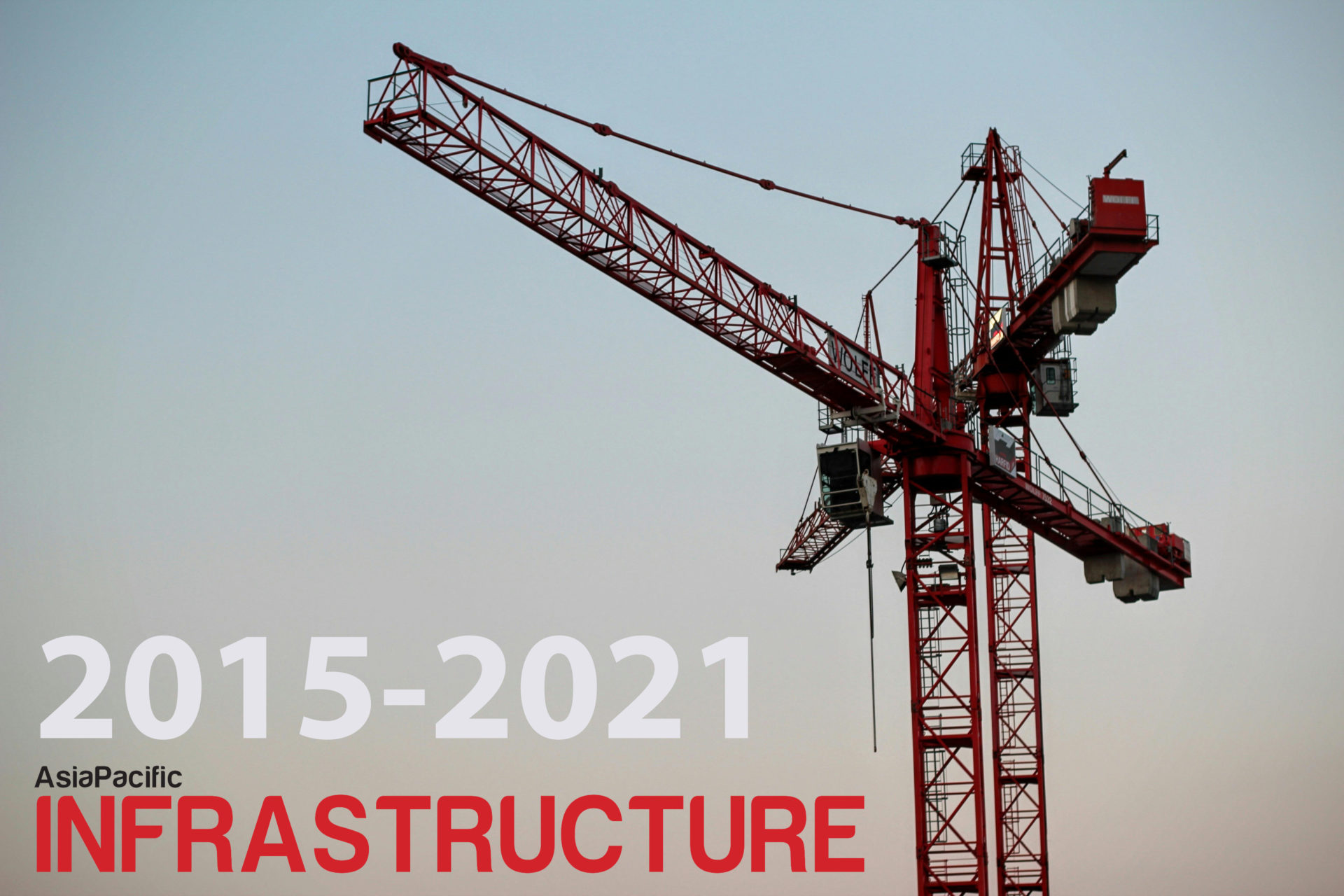As $45 billion worth of infrastructure projects take place over the next five years, smarter solutions will be needed to keep these projects on track and within budget

The newly re-elected government has confirmed it will invest NZ$45 billion in infrastructure projects over the next five years to help restart the economy after the impact of COVID-19. Such projects will include major tunnelling work for road and rail, civil infrastructure construction and asset rejuvenation.
When these projects eventually commence, construction workers and engineers will find themselves needing smarter solutions keep projects on track and within budget, which can be a challenge given major infrastructure projects in New Zealand are often fraught with unforeseen issues.
Existing geological conditions, either identified prior to commencement or discovered during a project, can impact the construction phase of infrastructure works. Addressing these types of complex environments requires specialised expertise and tailored solutions specific to the ground conditions in and around the site.
Geotechnical conditions and environmental factors can also damage infrastructure, with issues such as ground subsidence, voids, liquefaction and water ingress a common cause. Historically, remediation methods have been costly, invasive and time intensive, however new technologies have led to smarter, longer lasting and cost-effective remediation alternatives that are giving ageing infrastructure longer lifespans.
The right help at the right time
Major infrastructure projects, including tunnelling, commonly face obstacles throughout their long construction project timeframe and in their service asset lifespan. While there are solutions to aid projects if unforeseen problems arise, ground issues can often be prepared for in advance by using geotechnical data acquired during the planning phase.
Having experienced ground engineering and asset preservation specialists on board before projects commence can help to design a more suitable, site-specific approach to benefit the speed of delivery and overall budget of the project, and the structural integrity of the completed works.
For tunnelling and drilling projects where deep excavation is required, unique geological and environmental challenges can be present due to differing soil structures. These can include large fissures, clay seams, soft shale, wet sandstone and cracked or fractured rock stratum.
Many underground infrastructure projects are severely impacted by water ingress, with, fractured and jointed rock strata further contributing to subsidence problems. However, advanced and hard wearing resins, gels and coatings can help to stop water leaks, seal joints and cracks, solidify soil and protect against premature structure breakdown both during construction and for ongoing maintenance.
Restoring structural integrity to underground assets
Underground road, rail and tunnelling projects with ground issues have traditionally been addressed using concrete. Today, newer technologies are available to help contractors achieve productivity and cost efficiencies while overcoming issues by using site specific remediation solutions that are fast-acting and non-invasive.
For example, during the 2018 Kaimai Tunnel upgrade, KiwiRail worked with ground engineering company Mainmark to remediate an 8.8km tunnel that runs through an old volcanic range. Over the years the tunnel sustained significant damage to its subgrade floor due to extreme conditions and the presence of hot water vents and significant volumes of ground water.
The remediation solution featured an engineered resin injection technology, which was used to fill large voids that had formed beneath the railway slabs. A specially formulated grout was then used to bond the subgrade and cracked base slab and re-support the PaCT slab. This solution was successfully tested prior to project commencement and was able to be undertaken despite extremely difficult site access conditions.




